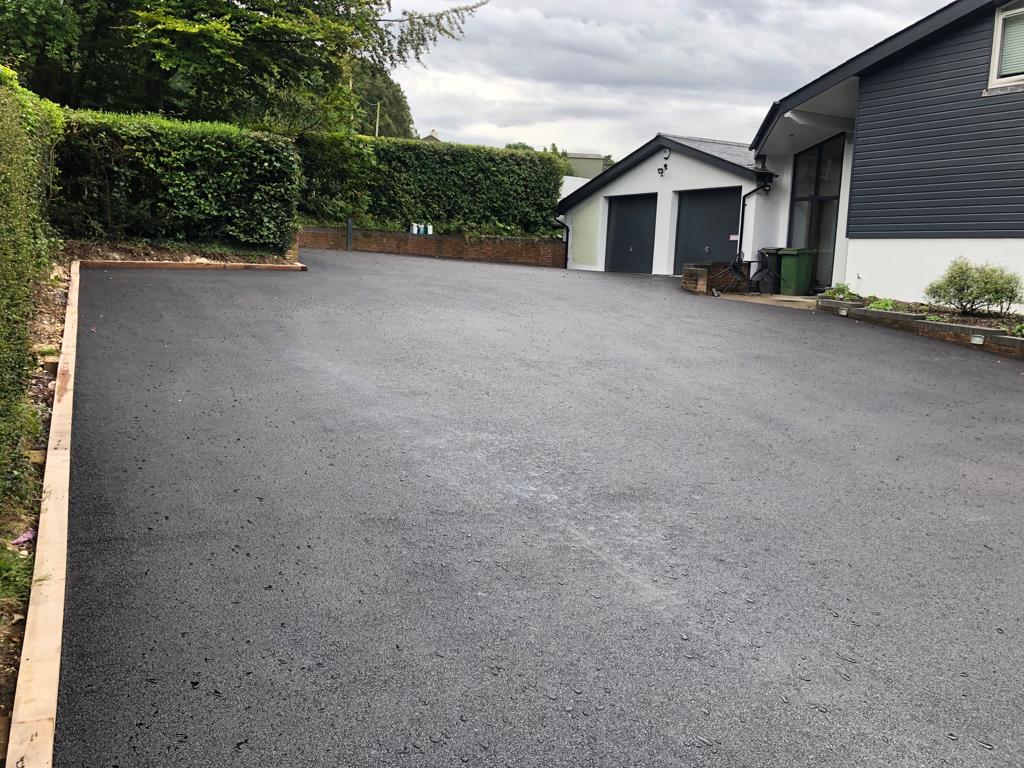Spray & Seal surfacing is one of the most efficient and cost-effective methods for protecting road networks, particularly in semi-rural or regional areas. However, its success depends on more than just the right materials and application techniques — timing plays a critical role. At Campbellfield Road Tech, we understand that even the best-laid plans can fail without proper scheduling, climate awareness, and surface preparation.
The Role of Weather in Spray & Seal Applications
Spray & Seal involves applying a hot bitumen binder followed by a layer of aggregate. For the seal to cure correctly and bond well, certain weather conditions must be met. Timing the job in accordance with climate patterns is essential.
Ideal conditions for Spray & Seal include:
- Ambient temperatures above 15°C
- Low wind to avoid premature cooling or bitumen drift
- Dry conditions (no rain before, during or after application)
- Warm pavement temperatures (surface should ideally be 25°C+)
Applying Spray & Seal in poor weather can result in inadequate adhesion, loose stone, and premature failure of the seal coat.
Bitumen Curing Depends on Temperature
Bitumen needs adequate warmth to remain viscous long enough to bond with the aggregate. If the application is done during cooler temperatures or early in the morning, the bitumen can harden too quickly — preventing proper embedment of the stone and reducing seal strength.
Likewise, applying the surface late in the afternoon during colder months may result in incomplete curing before overnight dew or falling temperatures compromise the bond.
Traffic Timing and Early Life Performance
Spray & Seal surfaces are most vulnerable in the first few hours after application. To avoid damage:
- Traffic should be kept off the surface until initial curing is complete
- Heavier vehicles should be restricted until final rolling is done
- Loose aggregate must be swept promptly to reduce tyre pick-up
The best time to perform Spray & Seal work is during a period where traffic can be managed and rolling can continue without interruptions.
Seasonal Considerations in Campbellfield
In Campbellfield and surrounding VIC regions, timing must align with the local seasonal window. Spray & Seal works are typically best carried out:
- Between late spring and early autumn
- During weeks with stable forecasts
- When overnight temperatures remain consistently warm
Planning around this seasonal window ensures the bitumen and aggregate work in harmony with the environment, not against it.
Surface Preparation and Drying Time
Surface readiness is another timing-dependent factor. Any trapped moisture from prior rain or grading must be given time to evaporate. Applying bitumen to a damp surface will lead to slippage, bubbling, or delamination. Proper drying time — which varies depending on wind, sunlight, and humidity — must be built into the schedule.
Importance of Allowing Enough Time for Each Stage
Rushing the process often results in a subpar finish. To maximise durability, Spray & Seal projects should be scheduled with ample time for:
- Accurate surface grading
- Drying of the base layer
- Application of the prime coat (if used)
- Application of the hot bitumen and aggregate
- Multiple rolling passes
- Post-sweep and inspection
Each stage is sequential — cutting corners due to poor timing compromises the entire job.
Conclusion
Spray & Seal may be a tried-and-true surfacing method, but its longevity and performance depend heavily on timing. At Campbellfield Road Tech, we plan each job in Campbellfield with precision, ensuring the weather, surface conditions, and traffic management align for the best possible result. If you want a surface that lasts and performs as expected, trust the team that knows when to strike — and when to wait. Contact Campbellfield Road Tech today to schedule a consultation for your next Spray & Seal project.
Call us on: 03 9068 7895
Click here to find out more about Campbellfield Road Tech
Click here to complete our contact form and see how we can help with your driveway needs.

